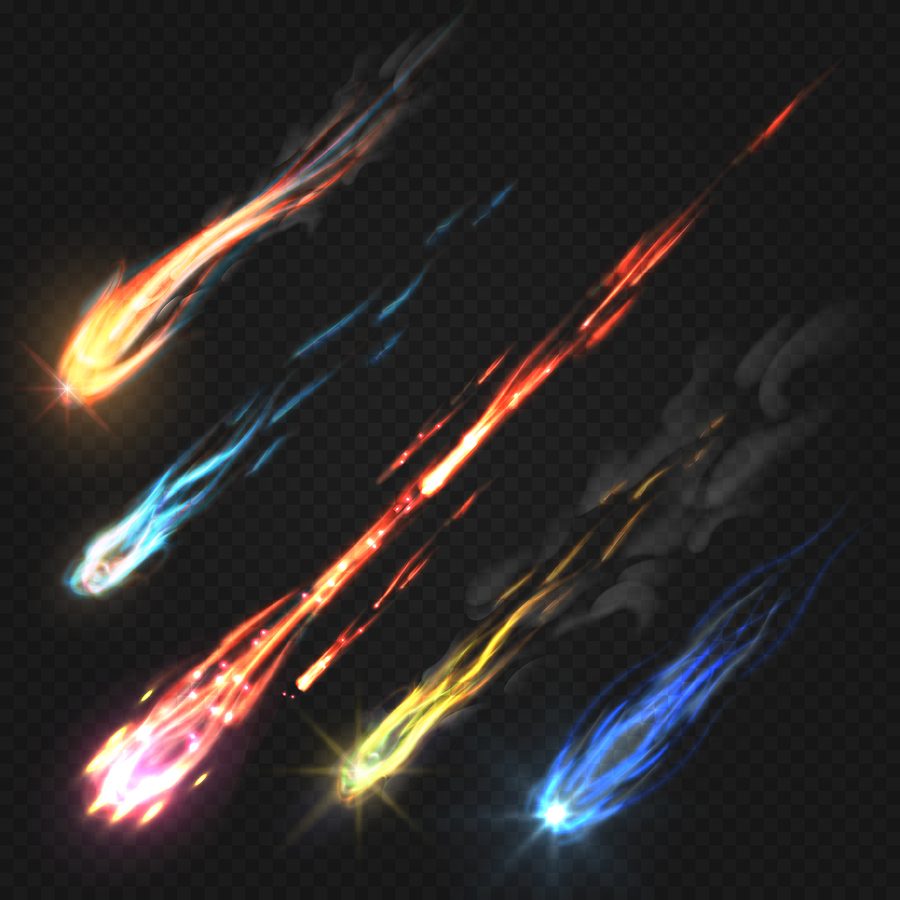A Japanese company has embarked on the original project of artificially creating showers of shooting stars from space. When entering the atmosphere, tiny balls ejected from microsatellites will illuminate the sky and offer an extraordinary show 100 km in all directions.
The genesis of the project
In 2011, Tokyo University astronomer Lena Okajima decided – after observing a shower of shooting stars – to found Astro Live Experiences (ALE) whose mission is to contribute to scientific research through entertainment. What better way than to embark on creating celestial fireworks! And so Sky Canvas was born. With two fundraising projects in 2016 that collected some seven million dollars, his project is now on the verge of success. In 2019, two microsatellites (one sent by Japan’s Jaxa Space Exploration Agency, the other by the private sector) will be launched into orbit for a first shower of shooting stars planned for the spring of 2020 over the city of Hiroshima which presents favourable conditions (mild weather, satisfactory geography and undeniable cultural attractions). If carried out successfully, the showers of shooting stars could be interesting to major cities, companies, amusement parks or even relatively wealthy individuals to celebrate a victory or close an event. As far as cost is concerned, the Japanese company is rather discreet, but seems to want to be in line with the rates offered by its indirect pyrotechnics competitors. Investments are estimated to be about twenty million dollars and includes development, launch and operation of the two satellites.
A skillfully prepared project
Lena Okajima wishes to artificially reproduce the principle of natural shooting stars, these tiny particles of dust that, when penetrating the Earth’s atmosphere at high speed, burn up and leave a plasma wake in contact with air molecules. To do this, each of the two satellites in orbit – with a life expectancy of two years – contains 400 small metal pebbles with secret composition and having various colours that could illuminate 20 to 30 events. Concretely, these tiny balls will travel almost one-third of the Earth’s circumference at a height of 70 kilometres, which will make the illumination visible in a 200 kilometre diameter circle, unlike 10 kilometres for fireworks that are launched 500 metres from the Earth’s surface. Just like shooting stars, their life span will be quite short… just enough time to make a wish. Finally, the various hazards from these shooting stars seem to be taken care of. On the one hand, the projectiles will disintegrate well above the Earth’s surface (in the stratosphere) and on the other hand, each launch will be preceded by three checks to ensure that there are no artificial satellites within 200 kilometres.
Confident in this project, Lena Okajima sees further ahead already and in the longer term envisages creating giant shooting stars from non-operational satellites still orbiting the Earth and also launching three constellations of six satellites over more than two years, each sending off 300 to 400 artificial meteorites.
